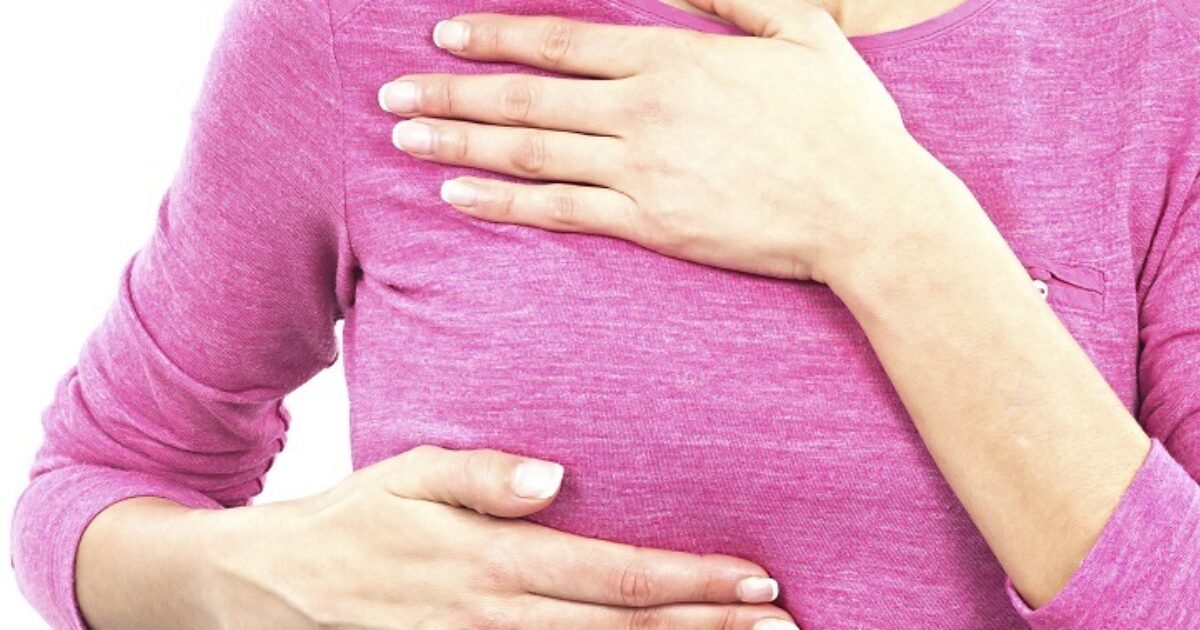OUR SERVICES
Breast Checks
In women, the development of breasts usually begins around puberty and they may undergo various changes throughout the life cycle, especially during menstrual periods, pregnancy, lactation and advancing age. Other than the normal physiological changes, the breast may also undergo a few other changes which may be a cause of anxiety among women.
Breast checks include self inspection, clinical examinations and the use of diagnostic devices. It has been proven that breast exams are essential for early detection of breast cancer and are also useful for breast cancer prevention. Women over 40 years of age are predisposed to breast cancer. Awareness about breast checks is effective for early detection and prevention of breast cancer.

Types of breast changes
The common pathological breast changes can be categorized into non-cancerous and cancerous changes. Non-cancerous changes include generalized breast lumpiness; enlarged lymph nodes; painless, movable and firm lumps; presence of cysts; breast pain; abscesses or nipple discharge. Cancerous changes in the breast include invasive ductal carcinoma, lobular carcinoma, etc.
Symptoms of breast cancer
The symptoms of breast cancer include a persistent irregularity or lump within the breast or near the underarm, swelling around the breast, changes in the appearance of the breast or nipple, nipple discharge which may be blood-stained or clear fluid, hardness or dimpling felt over the breast or any unusual changes in the breast.
Methods of breast checks
The most popular methods of breast checks involve breast self-exam (BSE), clinical breast-exam (CBE), and advance imaging such as mammograms. Other diagnostic measures such as ultrasound and magnetic resonance imaging (MRI) can also be used. These methods are commonly used for diagnostic purpose, for early detection of breast cancer.
